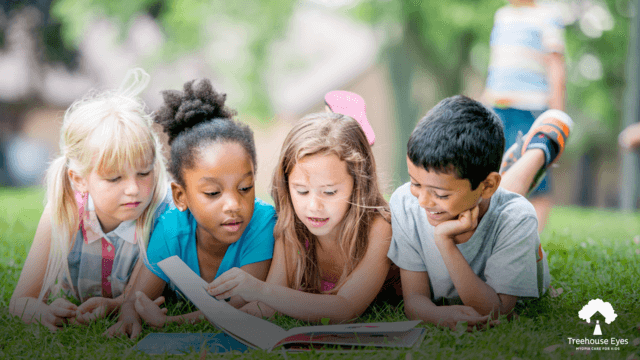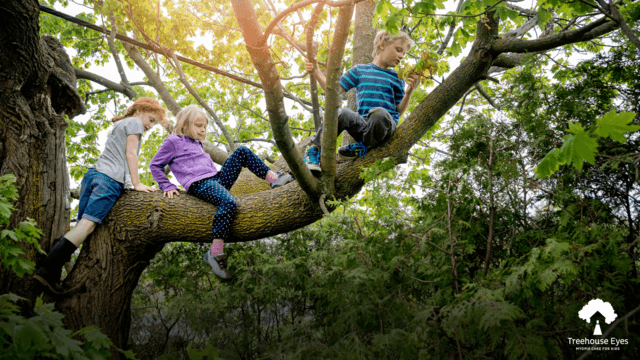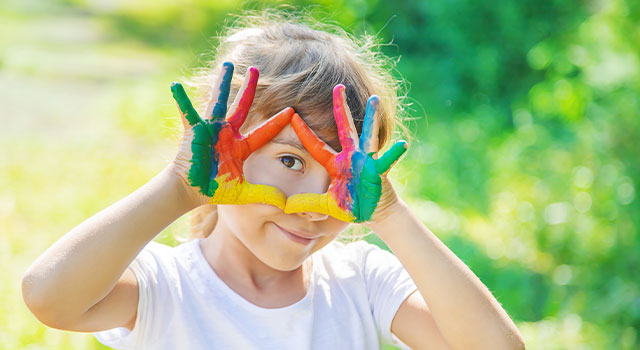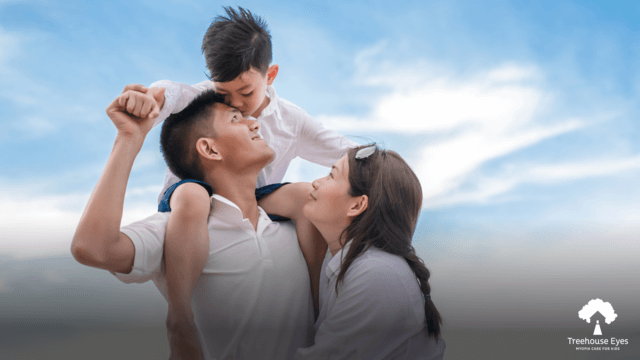
Myopia Management Blog

As parents, ensuring the health and well-being of our children is paramount. When it comes to their vision, early detection of issues like nearsightedness (myopia) is crucial for timely intervention and effective management. Myopia can impact a child's academic performance, social interactions, and overall quality of life if left unaddressed....

Myopia affects more than just the need for glasses to correct blurry vision. Children frequently experience myopia progression, which lowers their quality of life and increases risks to their eye health. Myopia control treatments are now able to improve children’s vision and promote long-term eye health. Read on to find...

Myopia, often known as nearsightedness, is a common vision issue that typically develops between children aged 6 to 12. Around 30% of teenagers, 9% of kids in school, and 5% of preschoolers have it. If both of a child’s parents are nearsighted, the child is more likely to have myopia....

Nearsightedness, also known as myopia, is one of the most common vision conditions affecting approximately 30+% of people in the United States. In fact, it is estimated that 20-25 million children have Myopia in the United States alone. With nearsightedness, objects up close are seen clearly while distant objects appear...

From lifestyle adjustments to specialized interventions, our expert team guides parents through personalized strategies for effective myopia management.

Nearsightedness, also known as myopia, is an incredibly prevalent vision condition, affecting around 30% of Americans, with an estimated 20-25 million children untreated in the United States alone. It develops when the eyeball grows longer from front to back than normal, with the symptom of blurry distance vision. Myopia tends...
